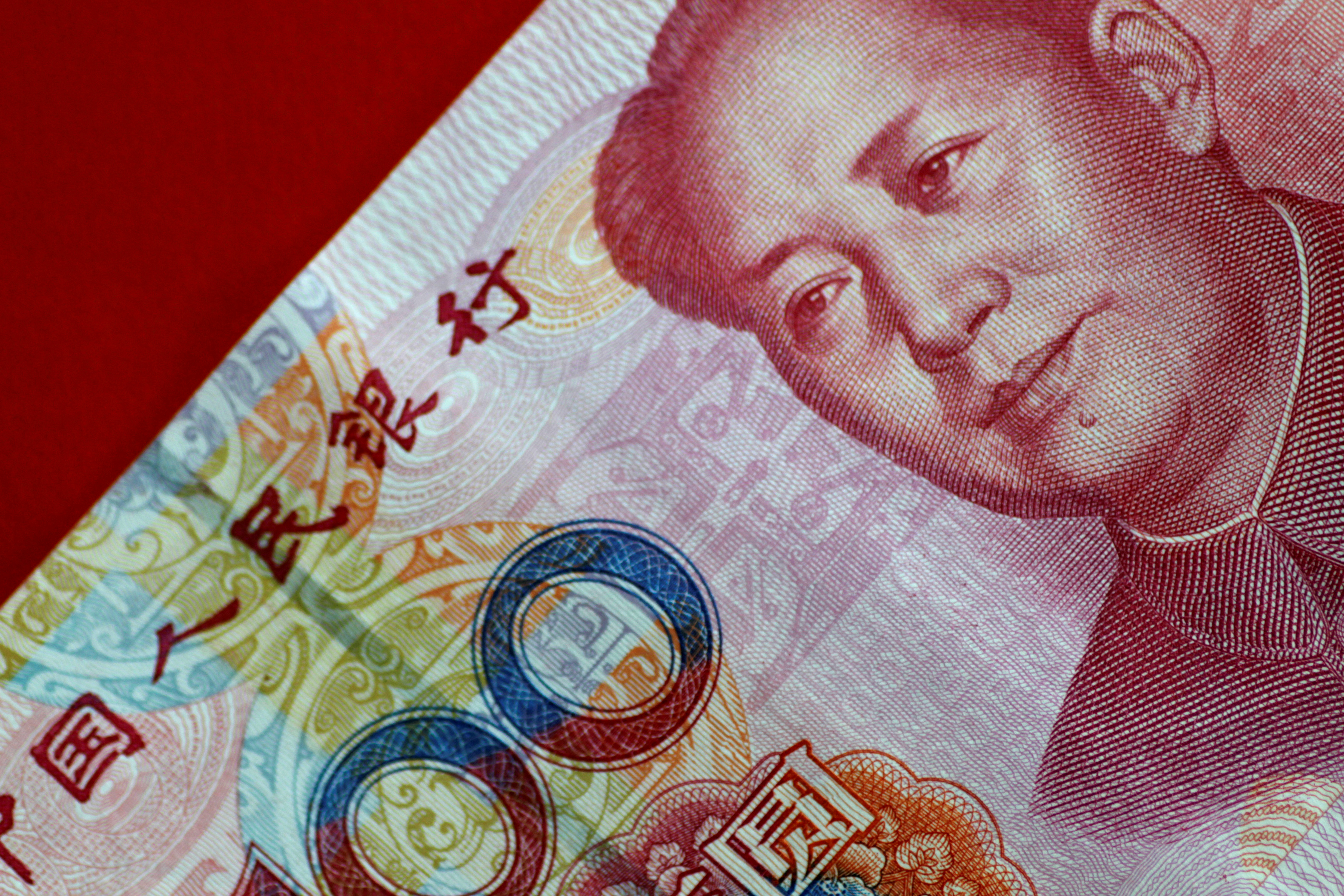(ATF) China’s yuan edged higher against the US dollar on Thursday on a firmer fix by the country’s central bank. The People’s Bank of China (PBOC) set the yuan’s midpoint rate at 6.4522 per dollar, slightly over Wednesday’s 6.4615.
The onshore RMB exchange rate against the US dollar fell slightly to 6.4581 at the opening of trade on Feb 25, while the offshore yuan’s rate to the US dollar fluctuating around 6.45. As of 9:33am the onshore and offshore yuan were quoted at 6.4520 and 6.4489 against the dollar.
The spot yuan opened slightly weaker at 6.4581 per dollar before firming to 6.4523 by midday, 33 pips stronger than Wednesday’s late session close. The offshore yuan firmed to 6.4475 per dollar by midday.
Traders said the yuan would likely remain directionless in the near-term, with few clear factors guiding it higher or lower.
While market indicators continue to point to expectations of more yuan strength, rising US interest rates have reduced the yield premium of Chinese debt, a major factor driving portfolio inflows and supporting the yuan over the past year.
The spread between Chinese 10-year government bonds and US 10-year Treasuries stood at 187 basis points on Thursday, according to Refinitiv data, its lowest point since early May.
“US yields are on an upward path, and in the long-term there’s nothing stopping us seeing (a 10-year yield of) 1.8%. In the near-term this could help to support the dollar,” a trader at a Chinese bank said. For now, a weak dollar index would continue to support the yuan, he added.
The global dollar index fell to 90.043 from the previous close of 90.045. Fed Reserve chairman Jerome Powell reiterated on Wednesday that the central bank wouldn’t adjust policy until the economy is clearly improving, and will look through any near-term spike in inflation.
The dollar index has risen less than 1% from nearly three-year lows touched in early January.
On the evening of February 24, the yield on 10-year US Treasury bonds broke 1.4% in one fell swoop.
Shanghai Securities news said UBS believed that even if US Treasury bond yields rise, there will still be a considerable gap between China’s bond yields – and funds will continue to flow into the Chinese bond market.
In addition, China had a current account surplus of $298.9 billion last year, with a relative GDP ratio of 2%, reflecting the two-way stability of cross-border capital flows and a basic balance of international payments.
It is expected that the yuan exchange rate against the US dollar will strengthen to 6.2 around June.
Li Liuyang, chief currency analyst at China Merchants Bank, said the dollar index would likely continue on a moderate decline, with the euro continuing to display conditions supporting a small rise against the dollar despite the dovish orientation of the European Central Bank.
With reporting by Reuters
























